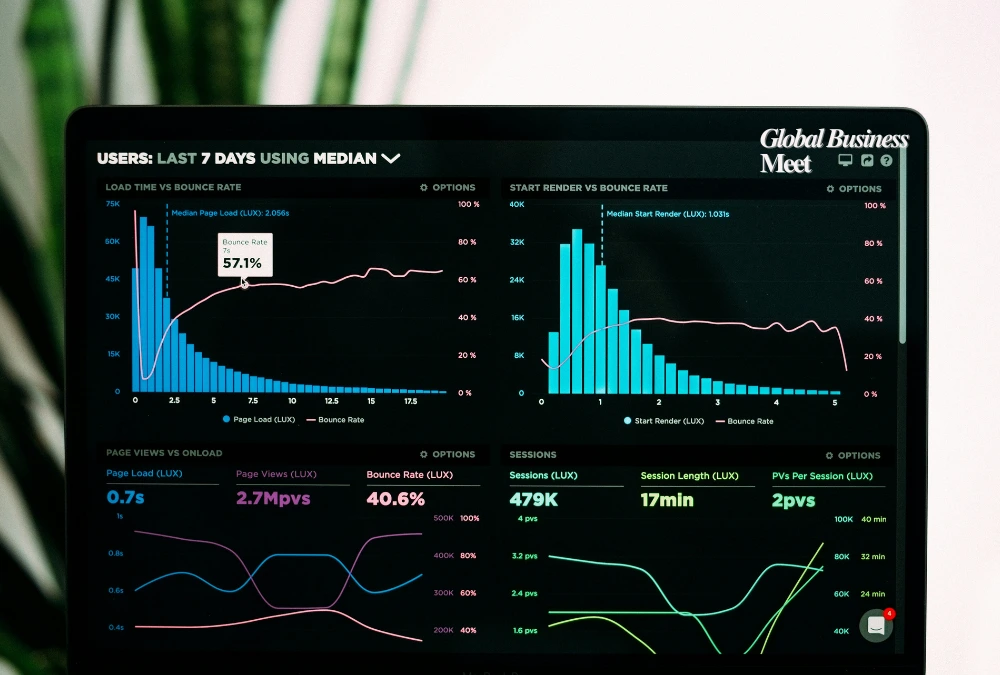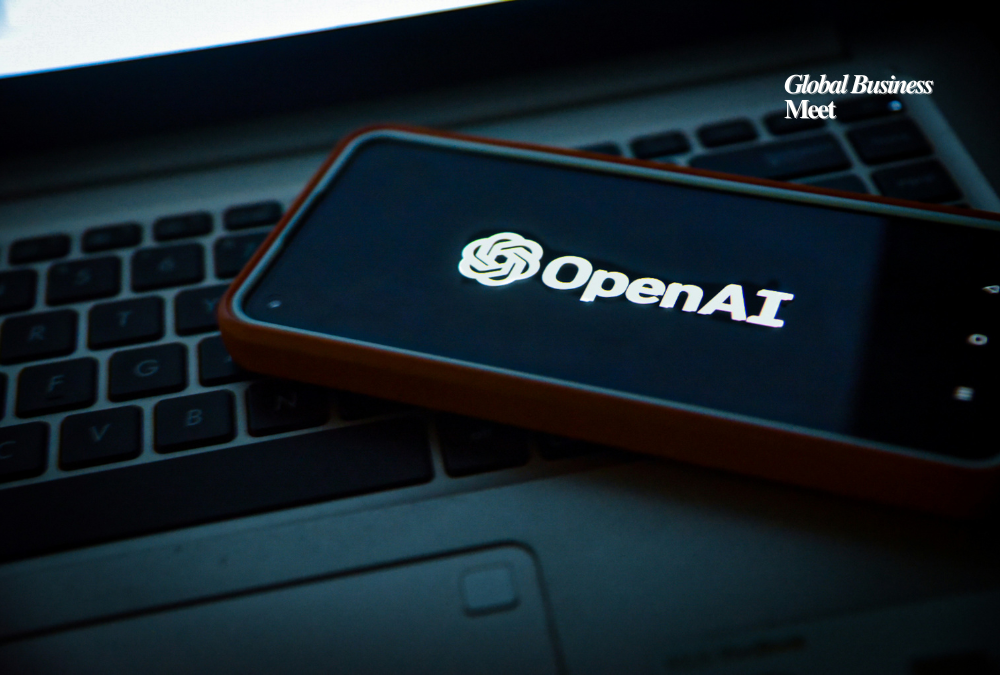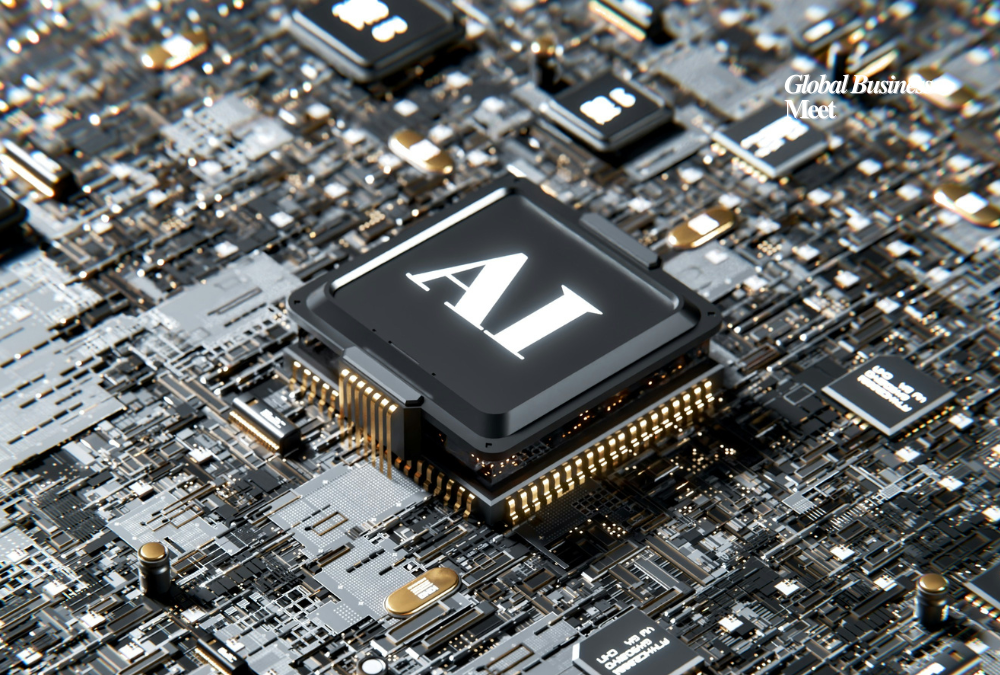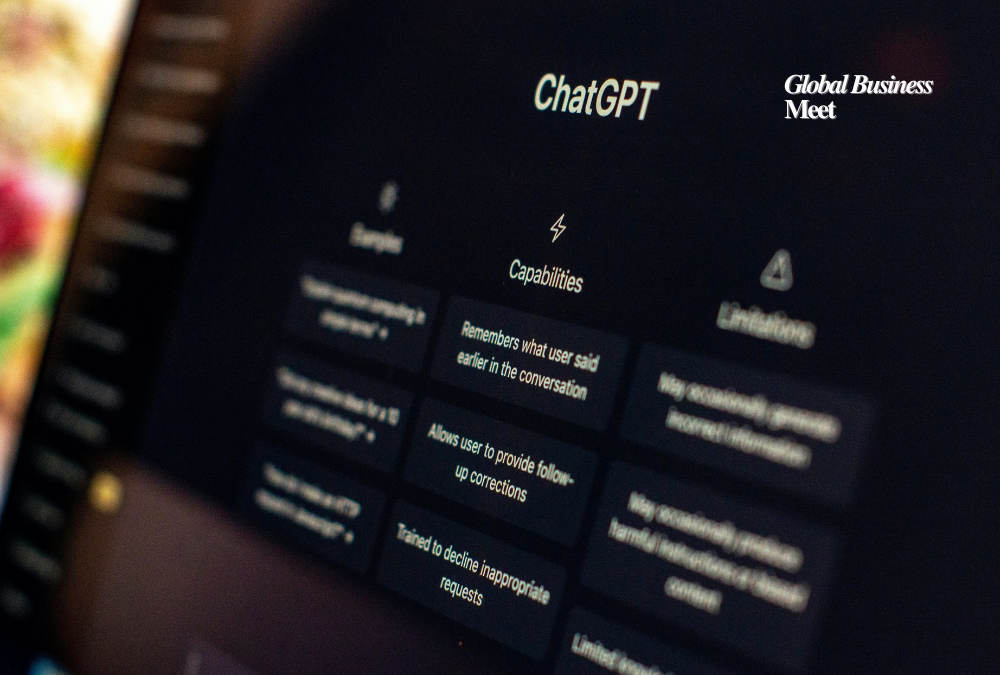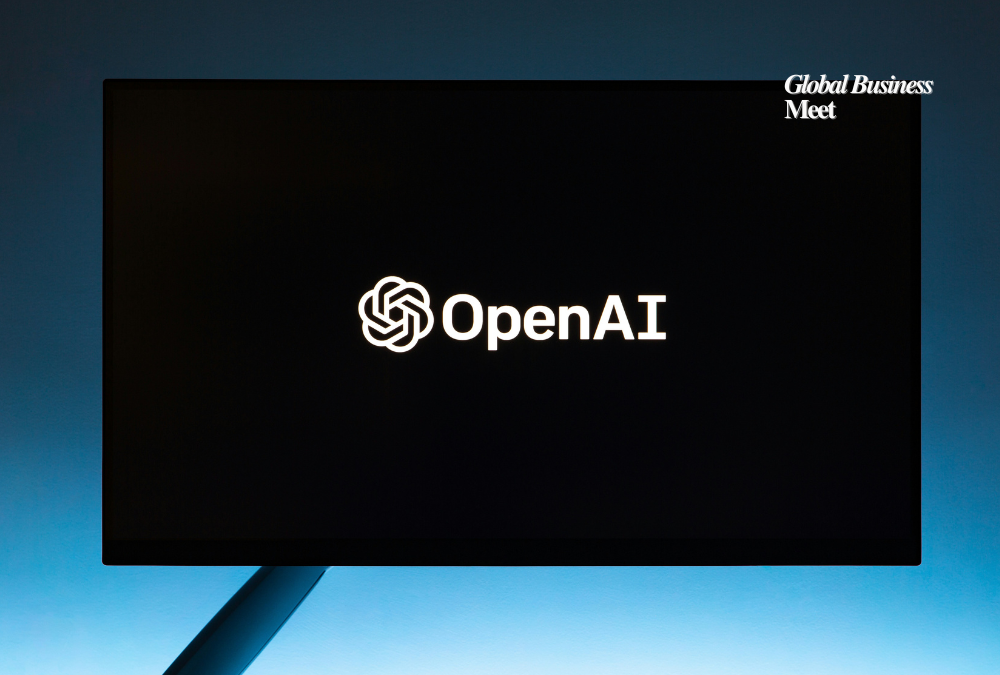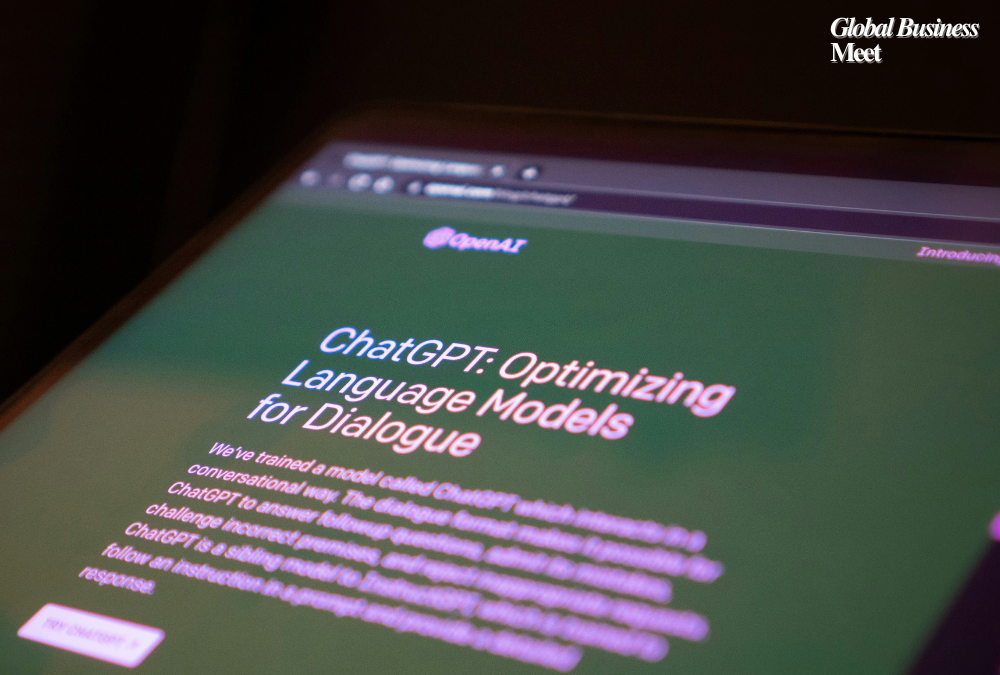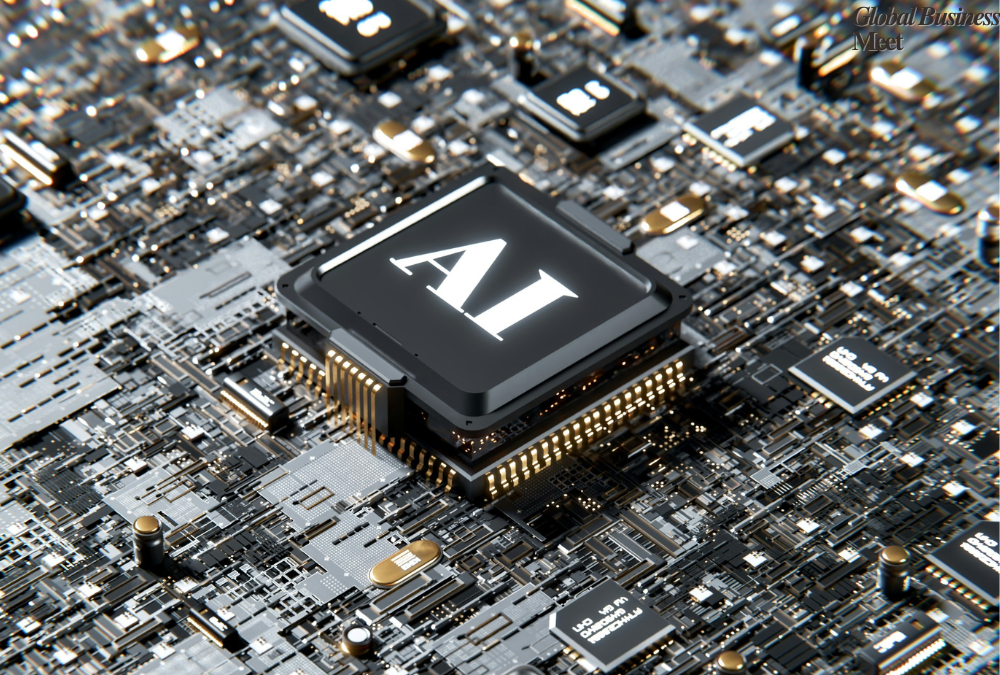
Running advanced AI models requires an enormous amount of computing power, and as the tech industry accelerates its push into artificial intelligence, a parallel race is unfolding to build the massive infrastructure that will support it. Nvidia CEO Jensen Huang recently predicted that between $3 trillion and $4 trillion will be spent on AI infrastructure by the end of this decade, with most of that investment coming directly from AI companies themselves. This unprecedented wave of spending is putting intense pressure on power grids and pushing data center construction capabilities to their limits.
Microsoft’s Early Bet on OpenAI
One of the most pivotal moves in the AI infrastructure story began in 2019 when Microsoft invested $1 billion in a then-nonprofit OpenAI. The deal gave Microsoft the exclusive rights to provide cloud services for OpenAI, with much of the investment delivered in Azure cloud credits to support expensive model training. The arrangement was mutually beneficial: Microsoft boosted its Azure revenue while OpenAI secured more resources for its most significant expense.
Over the years, Microsoft increased its investment to nearly $14 billion, a move that is expected to pay off handsomely once OpenAI transitions into a for-profit company. However, the relationship has evolved. In January, OpenAI announced it would no longer rely exclusively on Azure, giving Microsoft the right of first refusal on future infrastructure deals but also exploring other providers. Microsoft, in turn, began developing its own foundation models to reduce dependency on OpenAI’s technology.
This model of cloud-provider partnerships has since become standard in the industry. Anthropic secured $8 billion from Amazon while customizing the company’s hardware for AI training. Google Cloud has become the primary computing partner for several smaller AI startups such as Lovable and Windsurf. Even OpenAI has broadened its partnerships, securing a $100 billion investment from Nvidia in September to purchase more GPUs.
Oracle’s Rise as a Cloud Powerhouse
Oracle has emerged as one of the biggest players in AI infrastructure. On June 30, 2025, the company disclosed a $30 billion cloud services deal with an unnamed partner, later revealed to be OpenAI. The deal immediately boosted Oracle’s stock and marked its entry into the top tier of AI infrastructure providers.
Just months later, Oracle announced another massive agreement: a five-year, $300 billion compute power deal set to begin in 2027. The sheer scale of the deal suggests significant future growth for both Oracle and OpenAI. Even before any money changes hands, Oracle’s position as a critical AI infrastructure provider is firmly established.
Meta’s Massive Data Center Buildout
For tech giants like Meta, which already have substantial infrastructure, the challenge is scaling existing capacity. CEO Mark Zuckerberg has stated that Meta will spend around $600 billion on U.S. infrastructure by 2028. In the first half of 2025 alone, Meta increased spending by $30 billion compared to the previous year, fueled by its AI ambitions.
Some of this money is going toward cloud contracts, including a $10 billion deal with Google Cloud. However, a large portion is being spent on building new data centers. The Hyperion site in Louisiana, covering 2,250 acres, will cost around $10 billion and deliver 5 gigawatts of compute power. The facility will partner with a local nuclear power plant to manage its massive energy demands. Another site, Prometheus, located in Ohio and powered by natural gas, is expected to be operational in 2026.
This rapid buildout also has environmental consequences. Elon Musk’s xAI constructed a combined data center and power plant in Memphis, Tennessee, which has become one of the area’s largest sources of air pollution due to its natural gas turbines.
Stargate: The $500 Billion Moonshot
In a dramatic announcement shortly after his second inauguration, President Trump revealed a $500 billion joint venture between SoftBank, OpenAI, and Oracle, known as “Stargate.” The ambitious project aims to build AI infrastructure across the United States and has been described as the largest initiative of its kind. SoftBank is expected to provide funding, Oracle will lead the construction, and OpenAI will contribute expertise, with Trump pledging to streamline regulatory approvals.
Despite the initial excitement, Stargate has faced obstacles. Reports in August indicated that the partners were struggling to reach consensus on several issues. Still, the project continues to move forward, with eight data centers under construction in Abilene, Texas, and completion expected by the end of 2026.
The Future of AI Infrastructure
As AI becomes central to the global economy, infrastructure investments are growing at an unprecedented pace. Tech giants are competing not only in AI software but also in the physical systems that make AI possible, from massive data centers to custom-built power generation. The companies that build and control this infrastructure will play a decisive role in shaping the future of artificial intelligence, and they are already spending billions to claim their place.


















